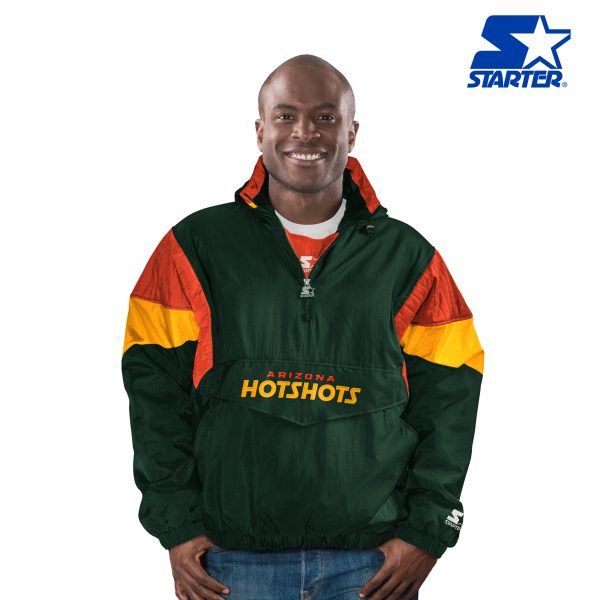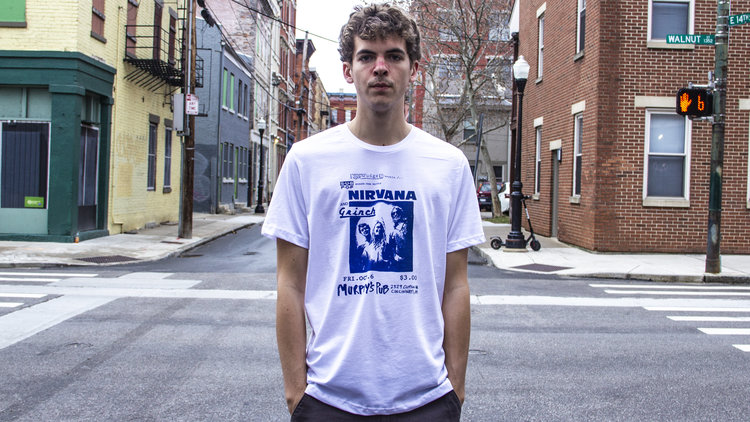I use this blog as a place to poke fun at and/or express admiration for particular celebrities. But sometimes, things take a serious turn.
By now, I’m sure everyone has heard of the International Cycling Union’s decision to strip Lance Armstrong of his seven Tour de France titles. Prior to this announcement, Armstrong issued a statement of his own when he stepped down as chairman of his exceedingly popular foundation, LIVESTRONG. And just like that, the Armstrong name and brand became synonymous with “widespread cheating” for some. Giant sponsors like Nike and Anheuser-Busch, along with Oakley, Trek Bicycles, 24 Hour Fitness and Honey Stinger have terminated endorsement deals with the cyclist. In the midst of the media hype, Armstrong maintains his innocence against doping accusations. (For a breakdown of events, click here.)
Armstrong’s “new story” presents a lot of questions in need of an answer. For example, could this be the death of a powerhouse brand? The LIVESTRONG foundation has done many great things to raise awareness for cancer, and it continues to fight for those no longer able to do so. Will people be able to separate the very recognizable face of the organization from its previous victories and ongoing mission? Clearly Nike couldn’t, and its actions are catching heat from the media. New York Times sports columnist William C. Rhoden is pondering Nike’s allegiance to other athletes like Tiger Woods and Kobe Bryant. Rhoden wrote: “The reasons Nike stuck with Woods and abandoned Armstrong have more to do with money. Woods and Bryant are still making loads of it for the corporation … But Armstrong has no more mountains to climb, no more Tour de Frances to win. Publicly humiliated, his reputation shattered, Armstrong has no value to any of the companies who backed him.”
Meanwhile, Jeff Bercovici, a member of the Forbes Staff, has taken it upon himself to point out some striking differences between the specific cases. He argued that Armstrong never skirted around cheating allegations. In fact, it was quite the opposite as he was very vocal with marketers and the public about not cheating. Furthermore, Bercovici noted that while Woods hurt his personal circle along with fans, Armstrong “allegedly intimidated other riders on his team into doping to increase his own chances of victory.” Then, of course, there’s character. Bercovici mentioned that Woods’ womanizing escapades didn’t affect his golf game, but Armstrong’s alleged doping completely influenced his riding speed.
Character—the other big C in the equation. I have pledged donations to dedicated family members participating in the LIVESTRONG challenge. Since 2004, I have seen millions of people—relatives, friends, nameless faces—sporting that yellow silicone gel bracelet (aka the LIVESTRONG wristband). It’s amazing how one bracelet can raise so much awareness. It’s amazing how one bracelet can maintain such a recognizable presence. Most people only need to hear “yellow” and “bracelet,” and they can piece it together. This seemingly simple bracelet inspired an entire market niche to raise awareness for every imaginable cause from medical conditions to politics.
This is the case for our industry. The popularity of the silicone bracelet has exploded over the years. This month alone, I am certain you have seen thousands of people at the office or about town, sporting pink bands in support of Breast Cancer Awareness month. Others are showing off their festive side with black, orange and glow-in-the-dark bracelets for Halloween (Bonus: Some of Avaline’s bands are debossed with an important trick or treat message that is useful for police or fire departments and school safety programs). Silicone bands also can be great for beverage or bar promotions if you’re targeting the “over 21” crowd.
It’s undoubtedly a fantastic promotional item for children and adults alike, but will the silicone bracelet suffer as a result of these unfolding developments? Mixed opinions about that yellow one have surfaced. CNN reported some consumers are crossing out the “V” in the bracelet so it reads “LIESTRONG.” Others are able to look beyond the embattled cyclist and hold on to the strength and unity they derive from the bands. To them, the organization is something bigger than its former champion. Masses of people are resorting to Twitter to weigh in on the topic, using the hashtag #livestrongthoughts.
This story has layers upon layers to sort through, and it will most likely have taken a different turn by the time you read this. It will be interesting to see the impact it has on silicone bracelet sales, though I’m sure we’re not facing the downfall of this product empire.
If you own a LIVESTRONG wristband, will you still wear it? Does one celebrity have the power to undo years of good work? Is this brand forever tarnished? While the answers may not be so black-and-white, the mere basis for questioning certainly has demonstrated the effects of good publicity versus bad publicity.



